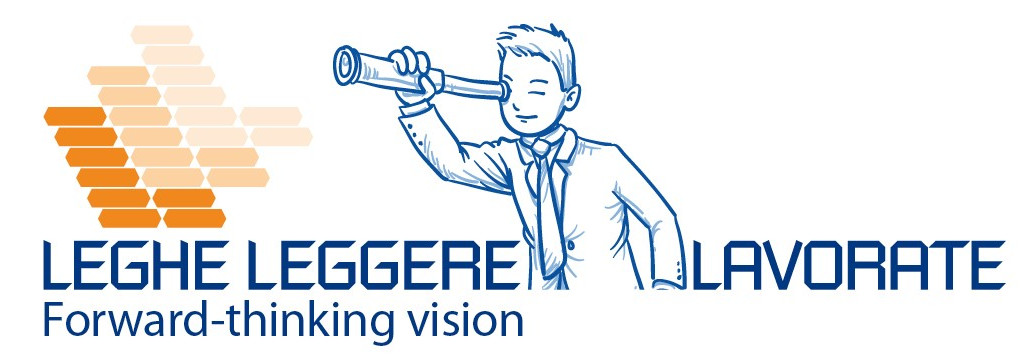During the manufacturing of disposable kits, packaging has a fundamental role.
In fact, unlike normal instruments whose number is limited, disposable kits can be packed in a large number, in order to have some of them in stock.
The sizes of disposable kits: blister packaging
For this reason, we are used to reduce the final sizes of the disposable kits as much as possible, in order to safeguard the space necessary for their storage by users.
It is clear that the sizes of the disposable kits are linked to the size of the instruments they must contain but, if their positioning is well studied, space can be significantly reduced in order to have useful final size of the blister packaging.
After the designing of the tools necessary to complete the disposable kit, the designers begin to make rough assessments with customers, so as to create blister packaging that can comply with these fundamental parameters:
● small size of disposable kits
● ease of access to the various tools

Space definition of disposable kit in blister packaging
As in the creation of a puzzle, tools are positioned in disposable kits as to optimize spaces and ensure their usability, without difficulty.
At the beginning, this activity takes place with the use of three-dimensional design software and, subsequently, by verifying with the first prototypes.
But how are the blisters packaging that contain the tools of disposable kit manufactured
First of all, let’s start with the material, a plastic called PET-G.
The PET-G plastic manages to combine the advantages of ABS with those of PLA, offering high resistance to shocks and chemicals.
PET-G plastic, therefore, is a glycol-modified thermoplastic copolyester and offers excellent transparency and brilliance characteristics, impact resistance even at low temperatures and is also suitable, like PET plastic, for food contact.
To manufacture the blisters packaging, PET-G plastic is processed from a sheet, whose thickness is approximately 0.7 mm. The technology used is thermoforming.
Thermoforming is a hot working technique that allows you to model plastic sheets on special molds through heat, with pressure or suction.
The molds for thermoforming are usually made of aluminum. In the case of making prototypes or a small pre-series, a “pilot” mold is made in resin, before building the definitive aluminum mold.
The colors of the materials with which the blisters packaging of the disposable kits are made can be various, including:
● transparent
● blued
● green
All materials, even the colored ones, retain a slight transparency.
As you may have guessed, even the blister packaging of a disposable kit requires an important study to ensure to have a finished product which is as small as possible, easy to handle, easy to use and, above all, resistant to any external agents.

